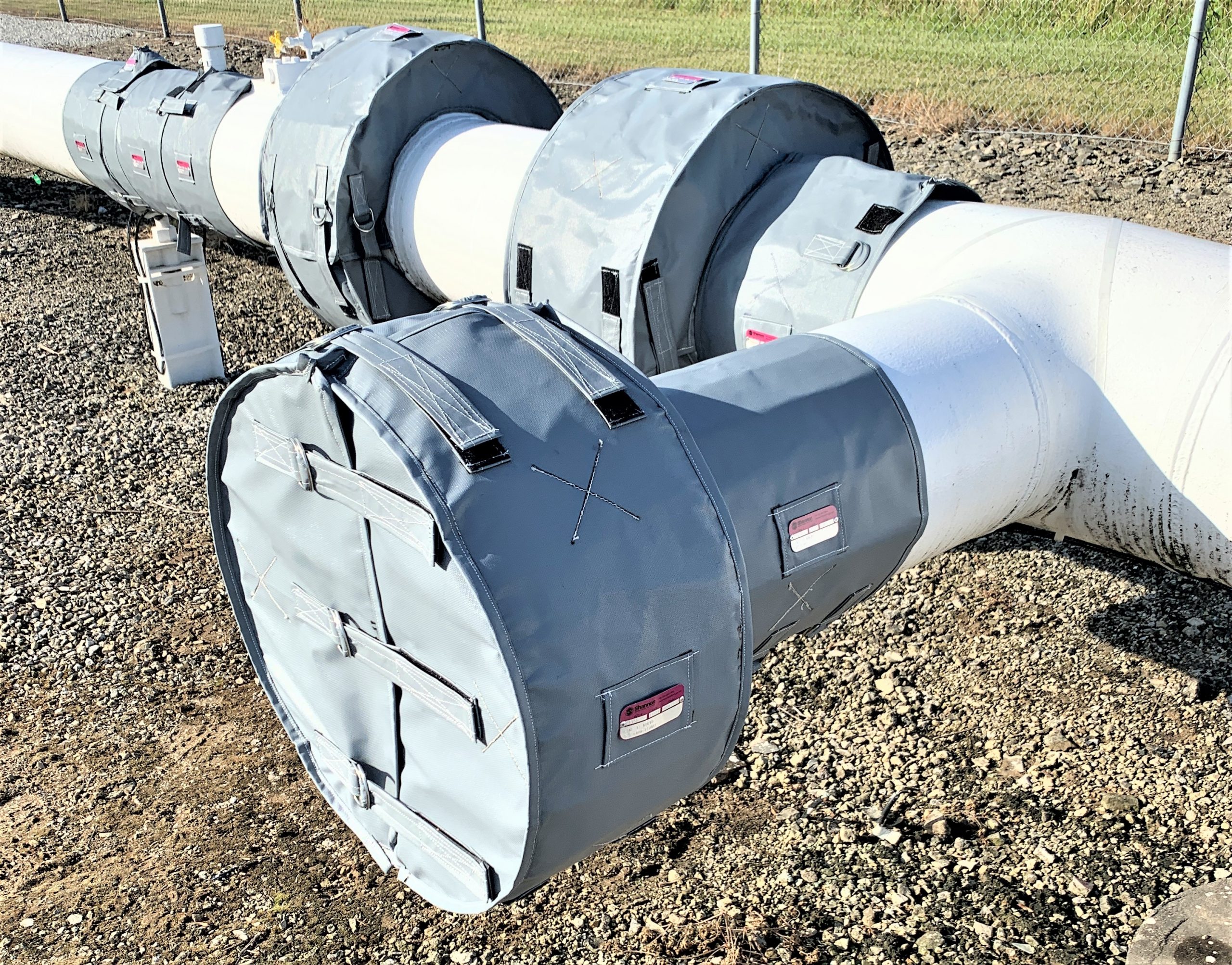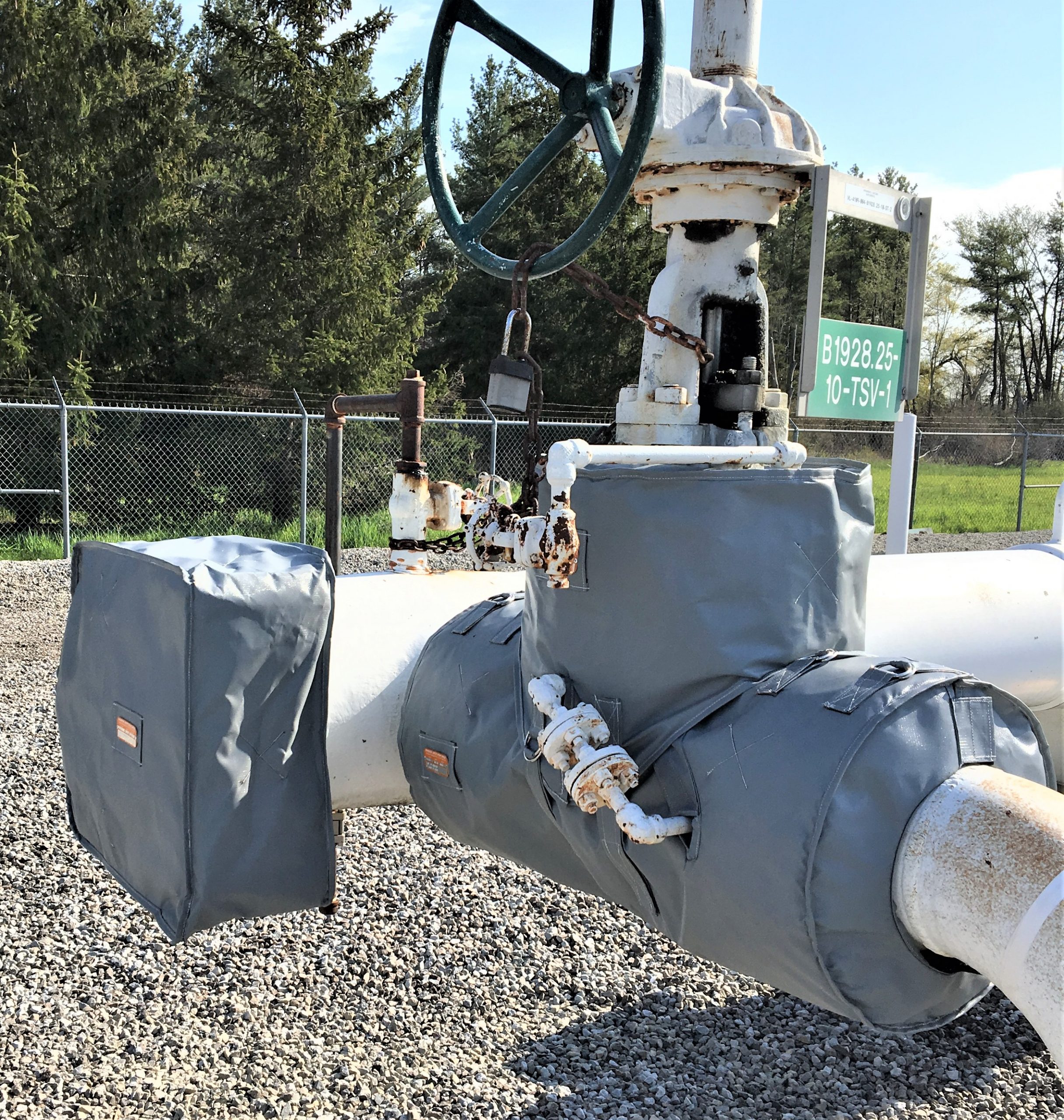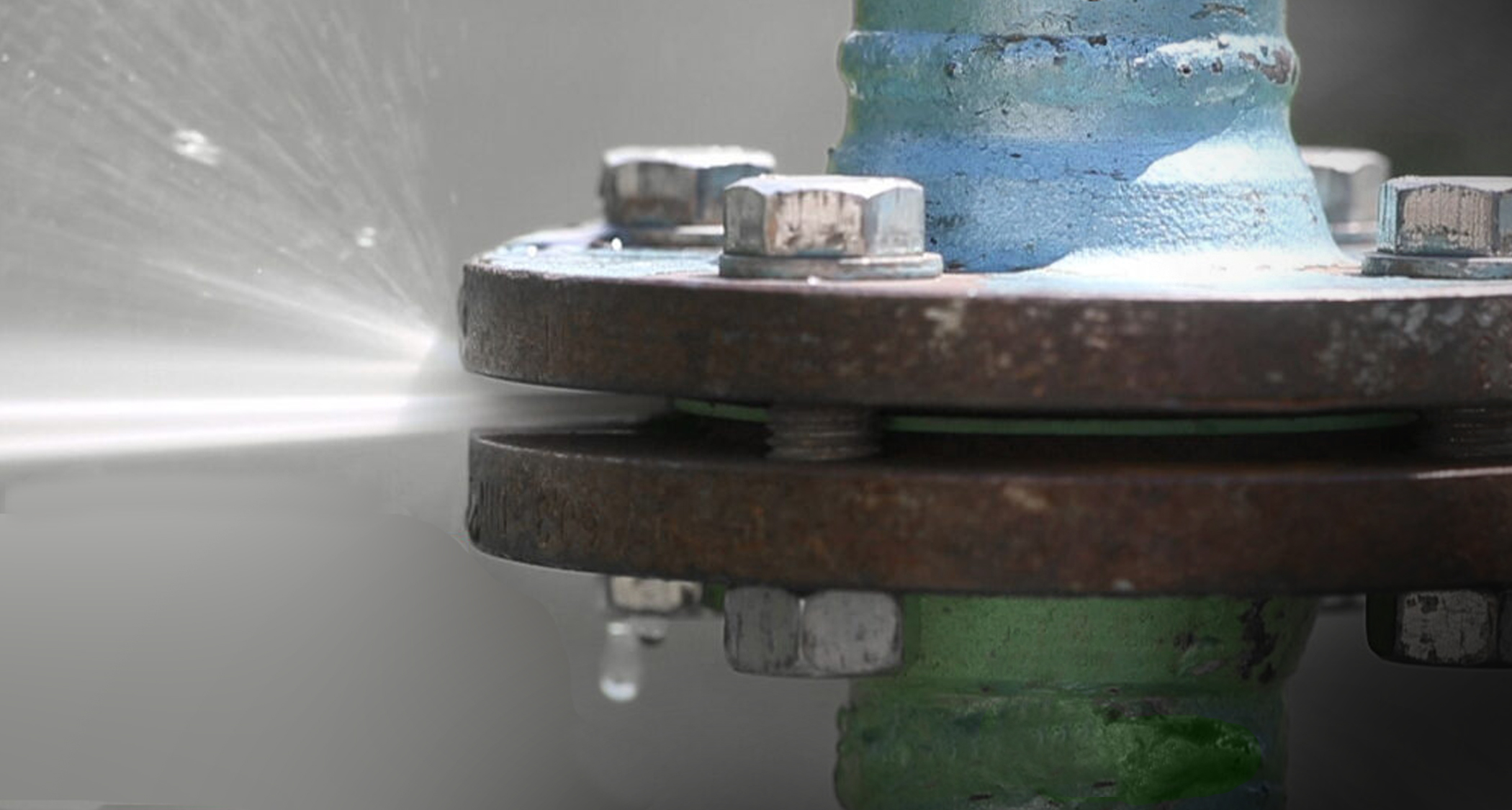Three Causes of Pipeline Flange Leaks
Flange leaks are a common issue in many industries, from oil and gas to chemical processing. They can cause significant downtime and safety hazards if not properly addressed.
Flange joint leaks can range from a barely detectable, slow emission or a sudden drastic failure. Both will cause severe problems for operators. The three basic causes of Flange joint leaks are Fastener Fails, Gasket Fails and Flange Fails.
1. FASTENER FAILS
Too tight or not tight enough? An incorrect “too-loose” assembly or loosening over time of fasteners can become a leak source. Conversely, fasteners that are too tight can put excessive loads on a gasket or increase fatigue on aging equipment possibly causing stress cracking.
2. GASKET FAILS
There is no way to predict when gasket failure will occur. Gasket manufacturers have these tips regarding bolted flange gaskets.
Selection - Choose the right gasket for your application and conditions with an engineer. An elastomeric based gasket can become brittle with elevated temperature or certain chemical conditions. If these gaskets begin to leak a little, retightening may now cause them to break, resulting in a serious blowout situation.
Quality – A lower priced gasket should not be the priority. Reliability, safety and gasket life are most important.
Installation – Begin with knowledge of the correct Installation procedure. Using a torque wrench and knowing the correct torque values and tightening patterns/procedures are important to gasket longevity and performance. Specifications from your gasket manufacturer and ASME PCC-1 will be most valuable.
3. FLANGE FAILS
Warped surfaces can lead to improper installation. Flange surfaces can be damaged during transportation and installation, which could lead to poor performance.
SAFETY
First priority of an operator is the safety of personnel and the facility. Every reasonable effort must be made to ensure safety when it comes to potential leaks. Using protective shields to mitigate the effects of a leak can be done with Spray Shields, sometimes called flange guards, flange wraps or flange protectors. These protective covers are used to inhibit leaks from spraying out to a wide area. Safety Spray Shields help to prevent injury to personnel, damage to nearby equipment and the environment in the event of a spray-out of hot or dangerous liquids.
SHANNON SAFETY SPRAY SHIELDS
Shannon Safety Shields are a CAD designed, CNC produced, high quality custom fit protective composite jacketing.

Shannon Safety Shields are designed to address potential flange rupture leaks, deflect potential effluent to the containment bed, thereby protecting the surrounding work environment. For durability, these Safety Shields are weather and chemical resistant. Shannon Safety Shields are flexible and easy to install, remove and reinstall allowing quick access and easy equipment serviceability.

Applications include Flanged Valves, Flanges, Pig Launcher Heads, and Pig Access Doors, Instrumentation, and complex surfaces, in the Oil & gas, Chemical and Petro Chemical industries.
Engineered to high standards, Shannon Safety Shields follow the ASTM D3786 Mullen Burst Test per ASTM F1138 (Spray Shields for Mechanical Joints).

